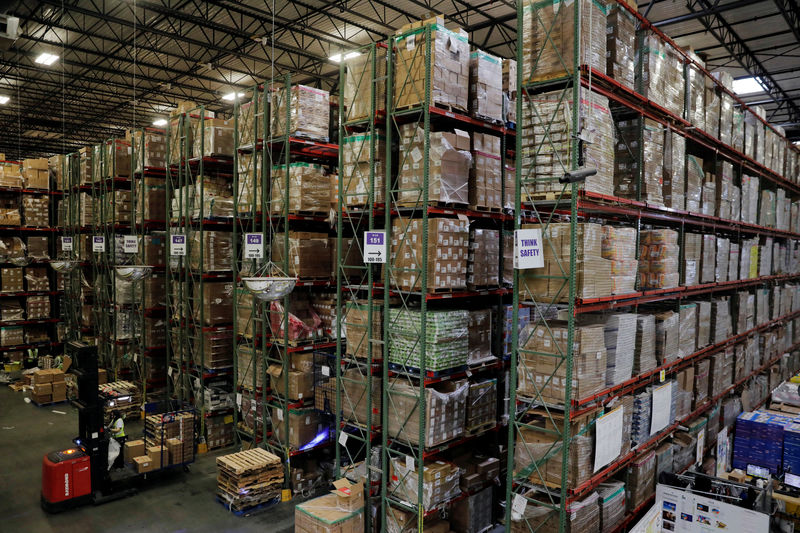This post was originally published on this site

Shares fell 4% in after-hours trade.
After a year of blockbuster results, the world’s largest online retailer is facing a tougher outlook. In a tight labor market, it has boosted average pay and marketed ever bigger signing bonuses to attract blue-collar workers it needs to keep its high-turnover operation humming.
The company meanwhile is contending with global supply chain disruptions. To manage, it has doubled its container processing ability, expanded its delivery service partner program and is ramping up its warehouse investments.
But that all comes at a cost. The company said it expects operating profit for the current quarter to be between $0 and $3.0 billion, short of $6.9 billion Amazon (NASDAQ:AMZN) posted the year prior.
Andy Jassy, who took the helm of Amazon as CEO in July, said in a press release that the company would incur several billion dollars of extra expenses in its consumer business to deal with higher shipping costs, increased wages and labor shortages.
Amazon is “doing whatever it takes to minimize the impact on customers and selling partners this holiday season,” he said. “It’ll be expensive for us in the short term, but it’s the right prioritization for our customers and partners.”
The retailer has strived to prevent a repeat of the 2013 season when delays left some without presents on Christmas Day.
To juice sales, the company started encouraging customers to shop holiday deals as early as Oct. 4 this year.
The e-commerce giant forecast fourth-quarter sales to be between $130 billion and $140 billion. Analysts were expecting $142.05 billion, according to IBES data from Refinitiv.
Retailers are facing supply shortages of everything from toys, Nike (NYSE:NKE) sneakers to laptops, making it difficult for them to stock up their shelves for the holiday season.
Amazon also missed expectations for third-quarter sales, which grew at their slowest pace since the COVID-19 outbreak, as consumers returned to stores after shopping online from their homes for over a year.
Total net sales rose to $110.81 billion in the third quarter ended Sept. 30, from $96.15 billion, a year earlier.
Analysts had predicted $111.60 billion, according to IBES data from Refinitiv.


